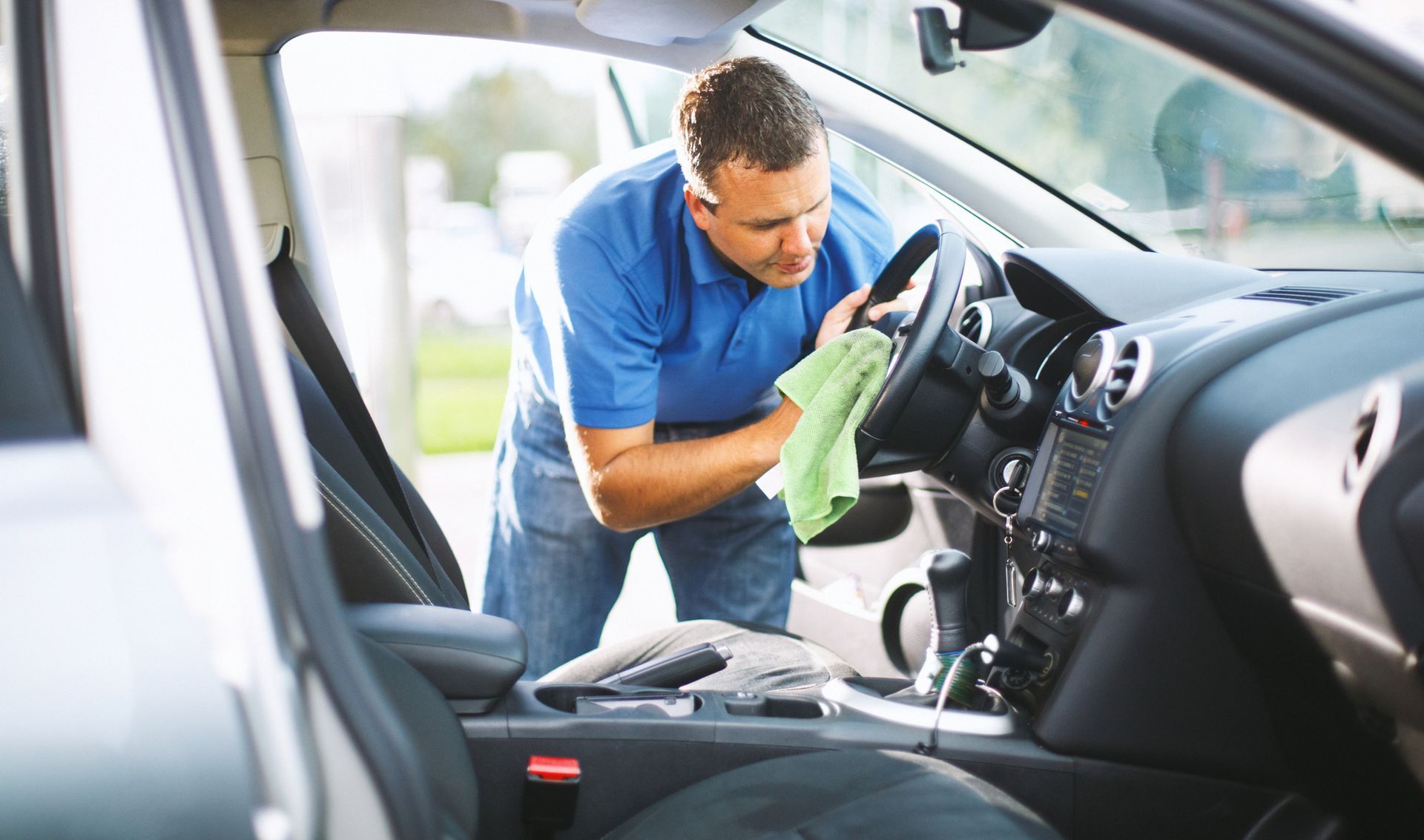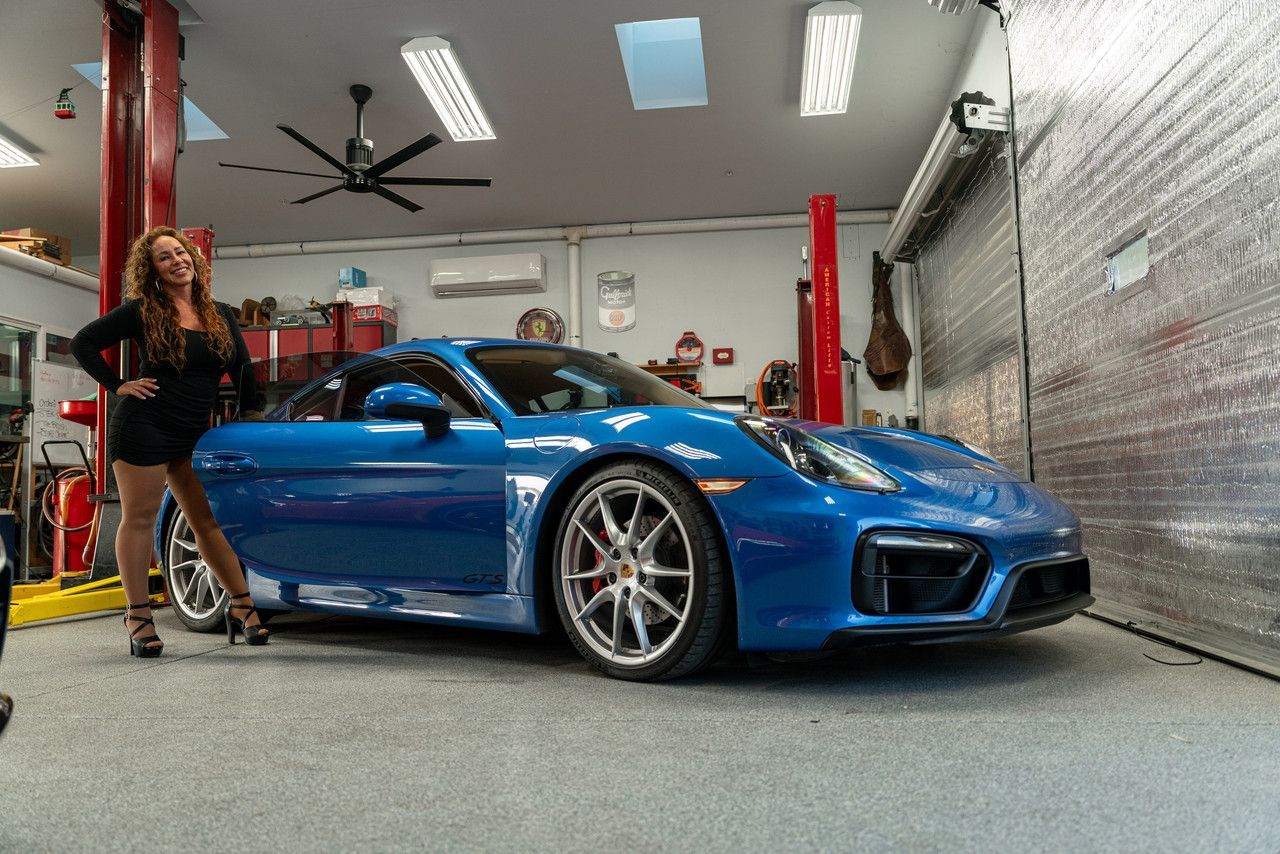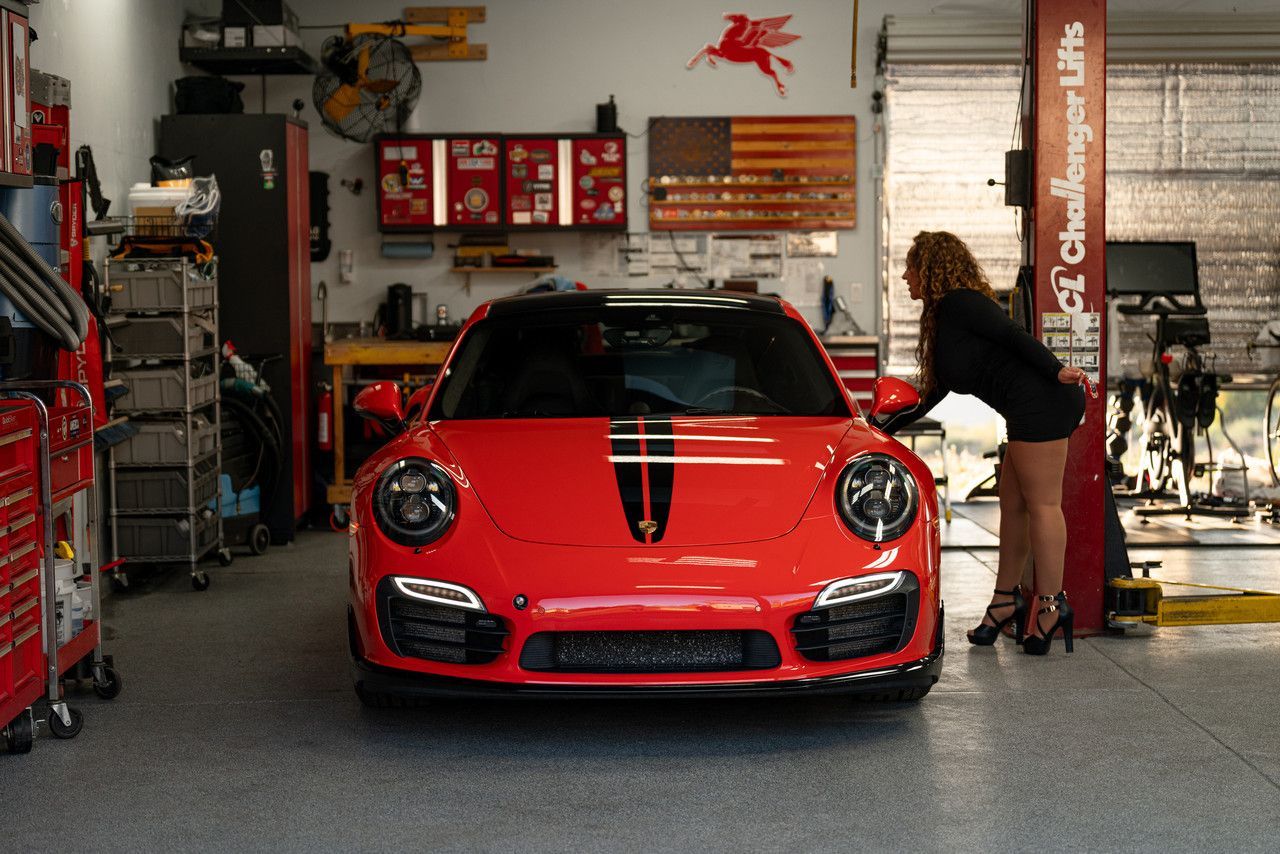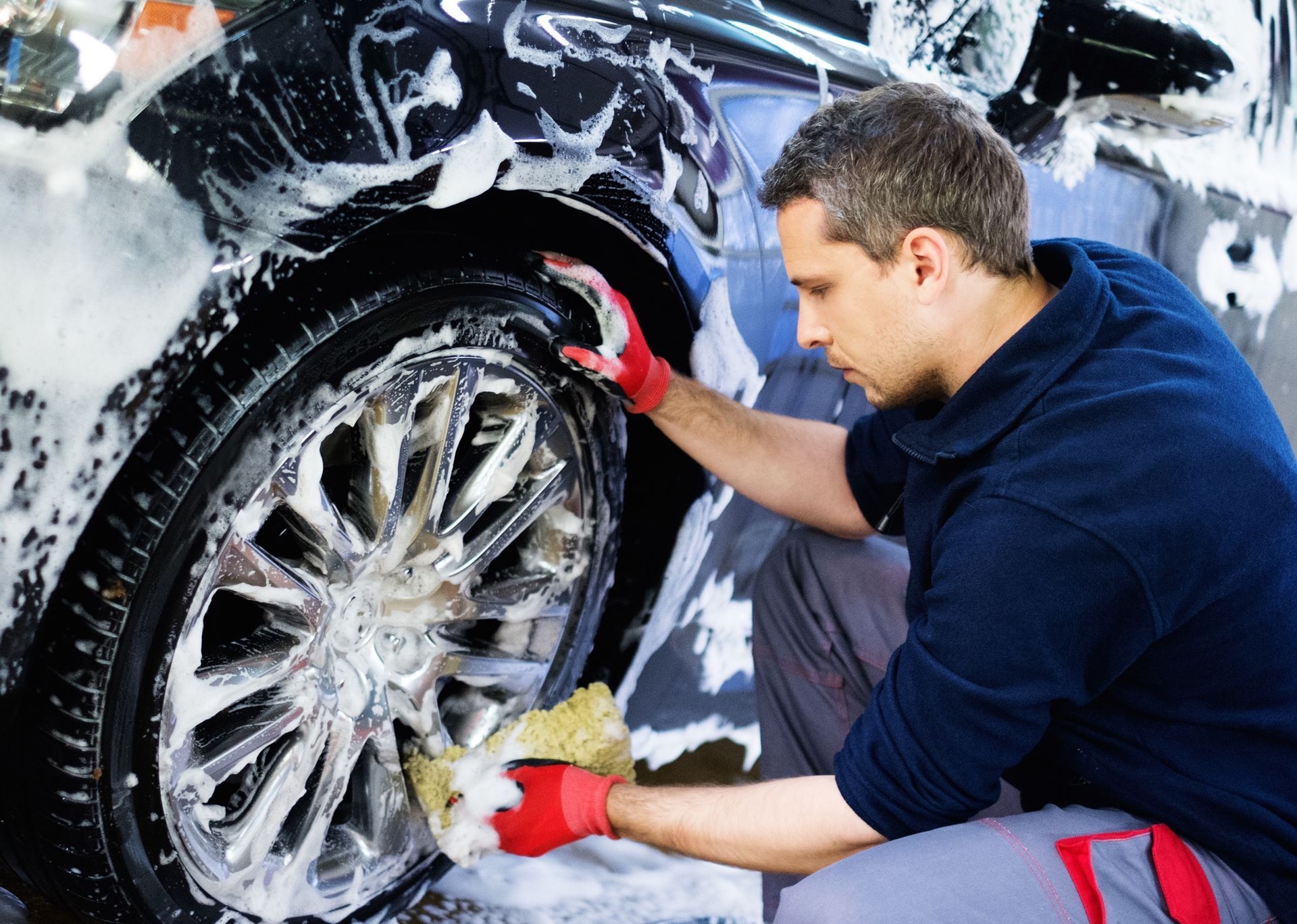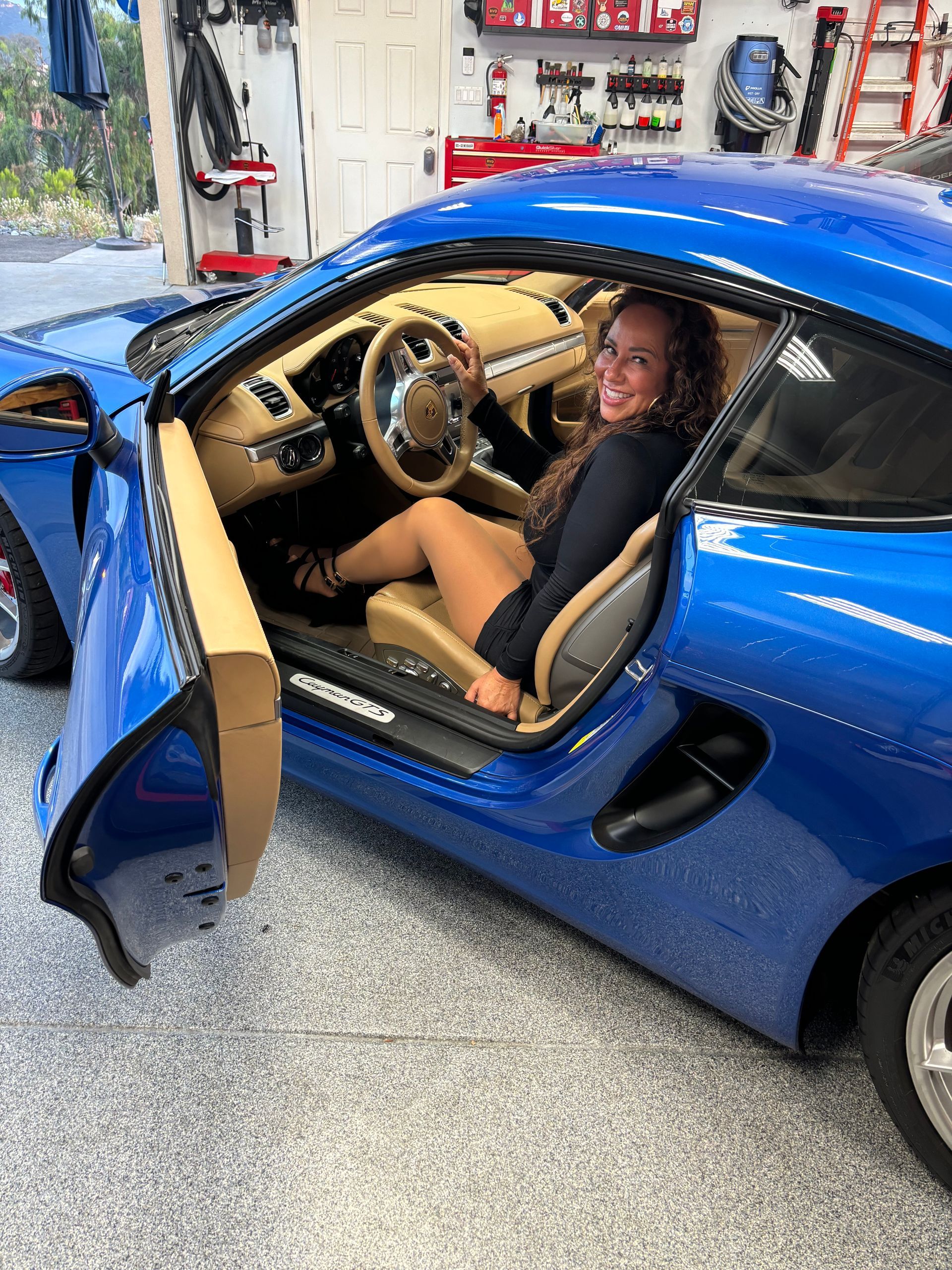4 Myths About Ceramic Coatings
In the world of automotive detailing, ceramic coatings have gained significant popularity for their ability to provide long-lasting protection and enhance the appearance of vehicles. Unfortunately, the rise in popularity of these coatings has also led to the spread of numerous misconceptions and myths, which can cause confusion.
By separating fact from fiction, car owners can understand the benefits and limitations of ceramic coatings, allowing them to make informed decisions when it comes to protecting and maintaining their vehicles. Here are four common myths about ceramic coatings and the truth behind these misconceptions.
1. Ceramic Coatings Are Scratch Proof
Even though ceramic coatings provide outstanding durability and protection, they still can be scratched. Once cured, they provide a protective covering on a car's exterior that is as tough as quartz. This protective layer is adequate to safeguard against minor surface damage and scratches.
However, due to their thinness, these coatings cannot mitigate the damage from anything like a rock striking your automobile or a thug keying it. Even though covering your vehicle can lessen the number of scratches it sustains, it is still vulnerable to other forms of damage. Routine maintenance is still essential to protect your car's paint as well as maintain its aesthetic appeal.
2. Ceramic Coatings Are a One-Time Thing
The advantages of ceramic coatings for your car have contributed to the misconception that you only need to apply them once. They cure into a hard shell by forming a molecular link with the car's gel coat, adding a second layer of defense to make it simpler to maintain the paint job. Depending on the coating quality, the installer's skill, how often and how vigorously you wash your automobile, and the weather, they can have a useful lifespan of several years.
However, ceramic coatings are not a set-it-and-forget-it option. You need regular maintenance to preserve the coating's effectiveness. Ensure a detailer provides your vehicle with regular care and inspection to maintain the longevity and efficacy of a ceramic coating.
Customers can rest well knowing that numerous companies back their coatings with warranties. However, most warranties have conditions you must meet to be valid, such as regularly washing the vehicle in the prescribed manner, providing evidence of such washings, and possibly reapplying the coating as time passes.
3. New Vehicles Can Receive the Coating Immediately
No matter how new your car is, you must always consider surface preparation before putting on a ceramic coating. Unseen residues and impurities on brand-new vehicles might compromise the quality of the ceramic coating application. Sanding marks, holograms from poor buffing, and other paint flaws from manufacturing are also commonplace on brand-new automobiles.
If your brand-new car has been sitting on the dealer's lot for a while, the ceramic coating has probably already been damaged by improper washing, leaving swirl marks. That's why every car needs a thorough inspection and the necessary fixes before getting coated with ceramic, whether brand new or not.
4. Anyone Can Apply Ceramic Coating
While do-it-yourself kits are readily available and easy to implement, the quality of the end product is sometimes disappointing. The car must be fully free of scratches, swirl marks, dust, wet spots, and any other flaws for the finish to be considered professional quality. The best environment to apply the coating is in a spotless, well-lit area.
Because of the complexity and length of the procedure, expert skills and high-tech tools are necessary for successful and effective application. While do-it-yourself kits are available, hiring someone who knows ceramic coatings is safer. This will provide a professional finish and safeguard the paint and ceramic coating.
Contact us at Blossom Valley Detailing if you need professional-grade ceramic coating application in San Diego, CA, and surrounding regions.


